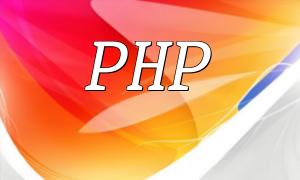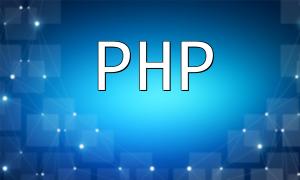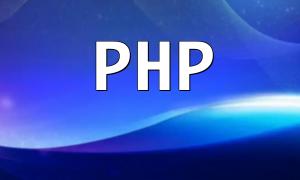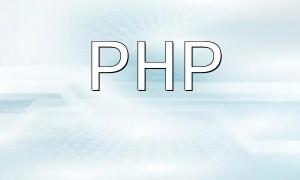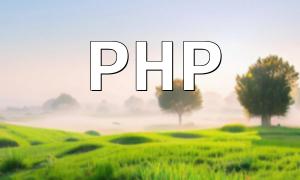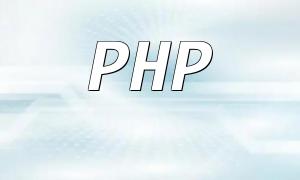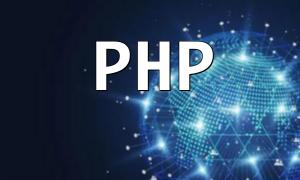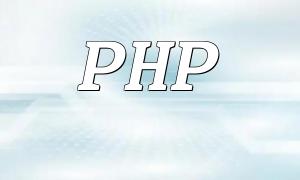In today's world of social media and web design, image processing has become an essential part of creating engaging content. Many websites and applications use image filters to enhance the visual appeal of photos, making them more vibrant and attractive. In this article, we will show you how to apply image filter effects using PHP and GD library and provide related sample code.
The GD Library is an open-source image processing library in PHP that enables developers to manipulate images, including cropping, rotating, scaling, and applying filter effects. First, ensure that the GD extension is installed on your PHP server. If not, you can enable the GD extension in your php.ini file and restart the server.
Below is a simple PHP code example demonstrating how to apply image filter effects using the GD Library:
<?php
// Load the original image
$sourceImage = imagecreatefromjpeg('source.jpg');
// Create a new empty image
$filteredImage = imagecreatetruecolor(imagesx($sourceImage), imagesy($sourceImage));
// Loop through each pixel and apply the filter effect
for ($x = 0; $x < imagesx($sourceImage); $x++) {
for ($y = 0; $y < imagesy($sourceImage); $y++) {
// Get the RGB value of the current pixel
$rgb = imagecolorat($sourceImage, $x, $y);
$r = ($rgb >> 16) & 0xFF;
$g = ($rgb >> 8) & 0xFF;
$b = $rgb & 0xFF;
// Modify the RGB value of the pixel
$r = $r * 0.5;
$g = $g * 0.8;
$b = $b * 1.2;
// Create a new color
$newColor = imagecolorallocate($filteredImage, $r, $g, $b);
// Draw the pixel on the new image
imagesetpixel($filteredImage, $x, $y, $newColor);
}
}
// Output and save the new image
header('Content-Type: image/jpeg');
imagejpeg($filteredImage, null, 100);
// Free memory
imagedestroy($sourceImage);
imagedestroy($filteredImage);
?>
This code first loads the original JPEG image using `imagecreatefromjpeg`, then creates an empty image with the same size as the original using `imagecreatetruecolor`. Next, it loops through each pixel using nested loops and fetches the RGB value of each pixel using the `imagecolorat` function. The RGB value is then modified according to a custom filter algorithm, and the new color is created using `imagecolorallocate`. The modified pixel is drawn on the new image using `imagesetpixel`.
Finally, the image is output using the `imagejpeg` function, and the image is saved as a JPEG file and sent to the browser via HTTP. The `imagedestroy` function is used at the end to free up memory.
The filter effect in this example is a simple RGB value adjustment. However, you can adjust more properties of the image to create different effects. For instance, you can alter the image's brightness, contrast, saturation, or even create more complex effects. Additionally, you can use other GD functions to blur, sharpen, or perform other transformations on the image.
With PHP and the GD Library, you can achieve powerful image processing features, enabling you to add dynamic and engaging image effects to websites and applications. Whether for personal websites or commercial applications, appropriate image filter effects can make photos more visually appealing and enhance the overall user experience. We hope this article has helped you learn the basics of applying image filters with PHP and GD library, and wish you the best in creating more creative image effects!
